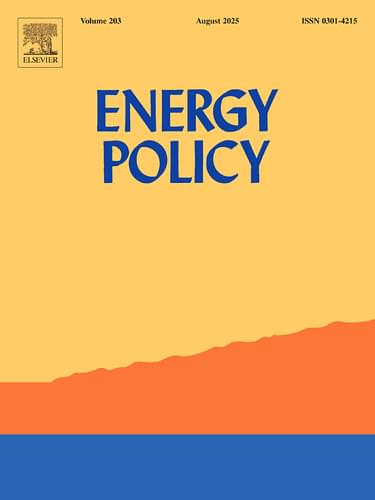Times of India: "We'll all be poorer with Donald Trump's tariffs — but he can't halt clean energy"
Interview with Srijana Mitra Das

Interview with Srijana Mitra Das


by Dan Gearino, Inside Climate News

by Oliver Milman

Interview with Srijana Mitra Das

by Benjamin Storrow

On climate and especially environmental policy, the return of Donald Trump to the White House is clearly bad news. But the outlook is uncertain, because Trump has sent mixed signals about the kinds of policy changes he might pursue, and it remains to be seen what effect he can have on broader technological and market trends.
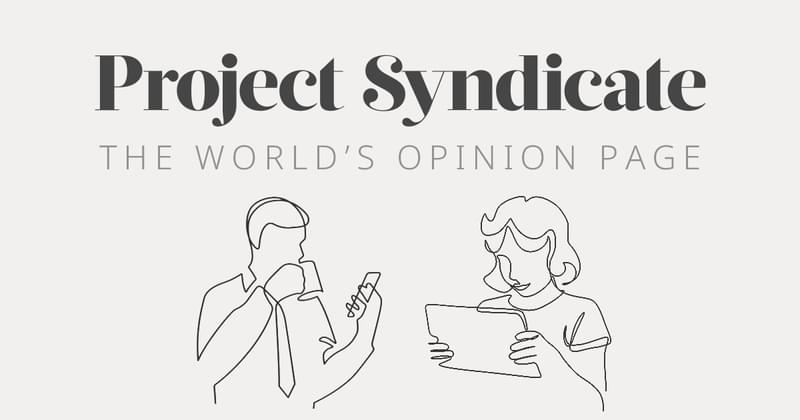
by Gernot Wagner & Conor Walsh

Assessing tariffs based on the carbon content of goods is complicated, but will lead to stronger climate policy and better economic outcomes.
by Adrien Fabre and Gernot Wagner
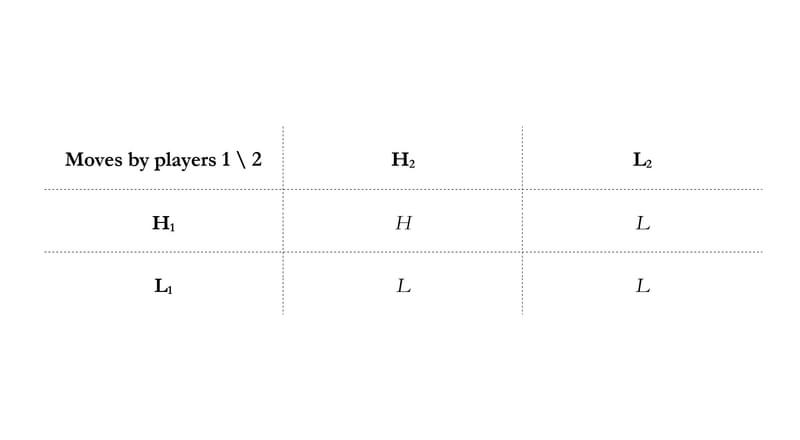
by Jonathan Camuzeaux, Thomas Sterner, and Gernot Wagner
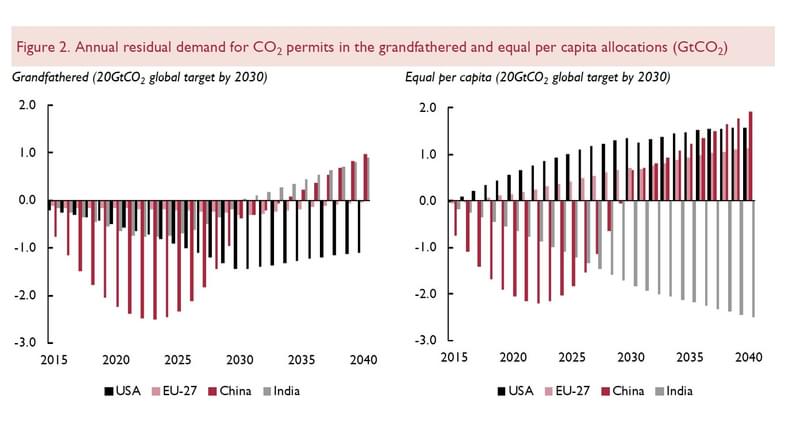
Book review
Gothenburg, Sweden

Climate policy requires a balance of bottom-up and top-down approaches
In honor of the 2014 Upton Scholar Robert N. Stavins
by Jessica F. Green, Thomas Sterner and Gernot Wagner
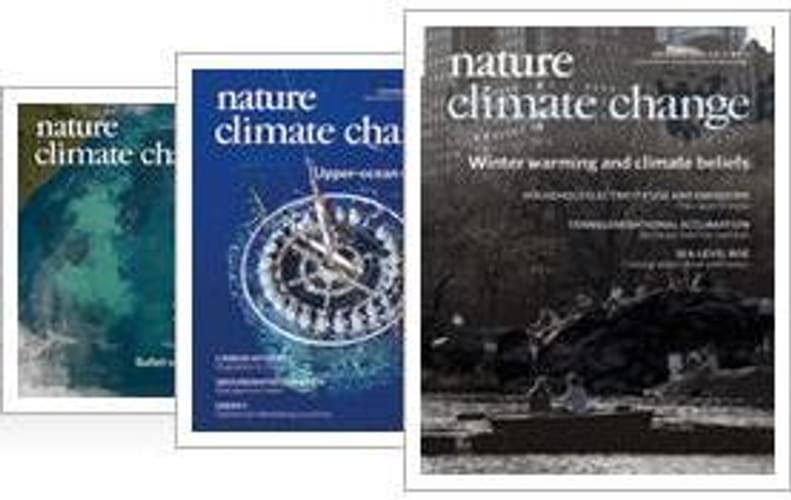
by Gernot Wagner
